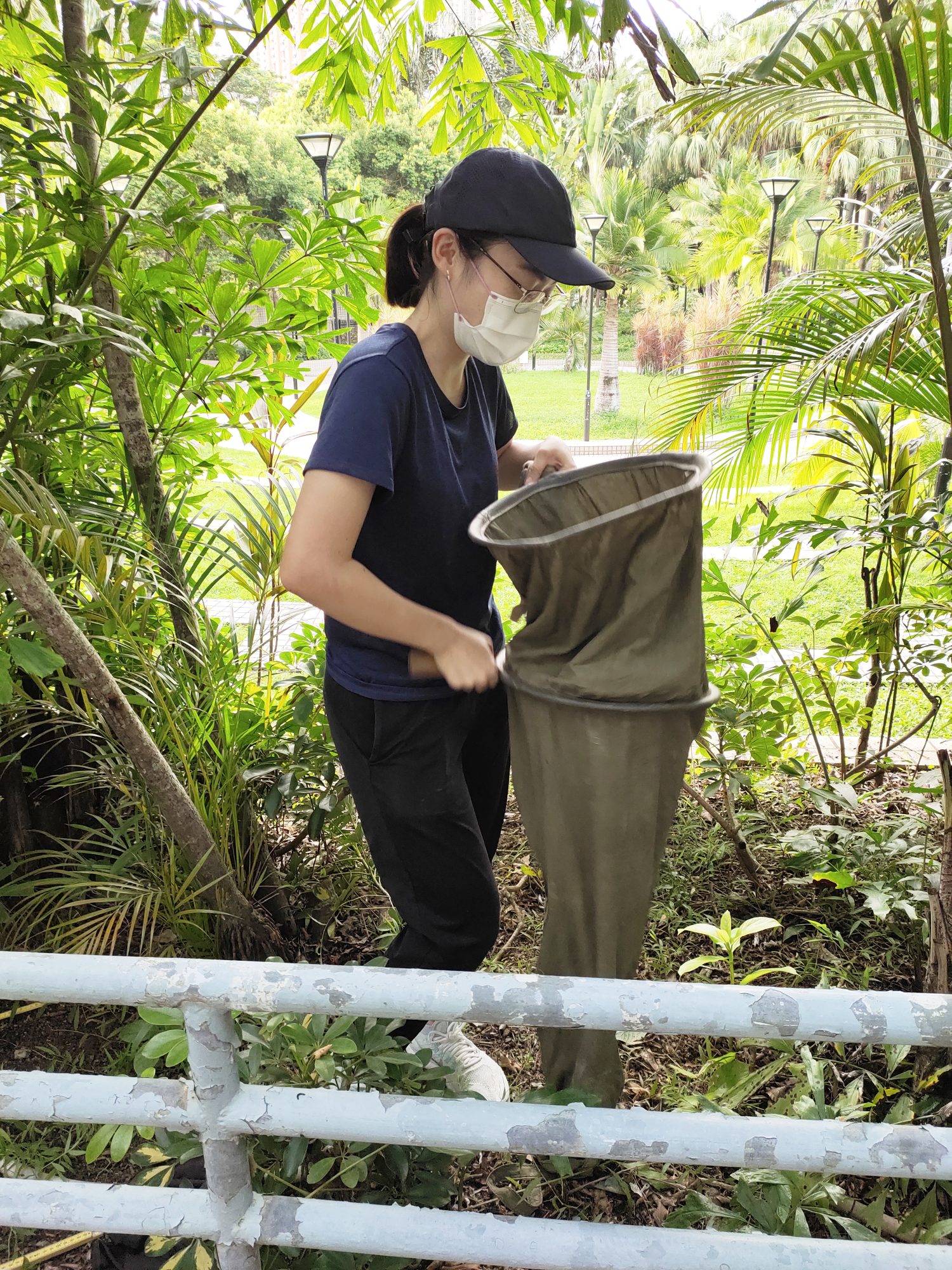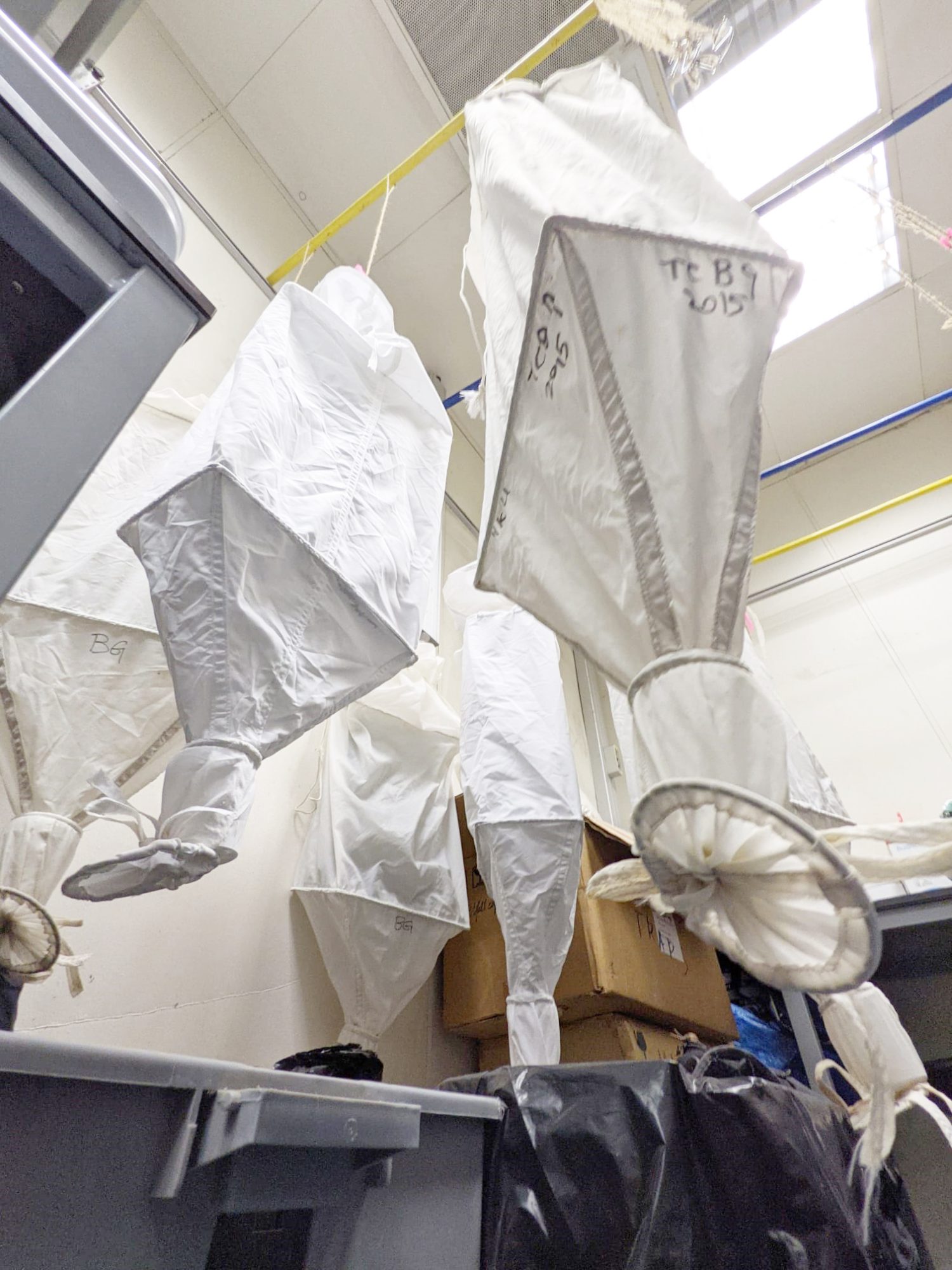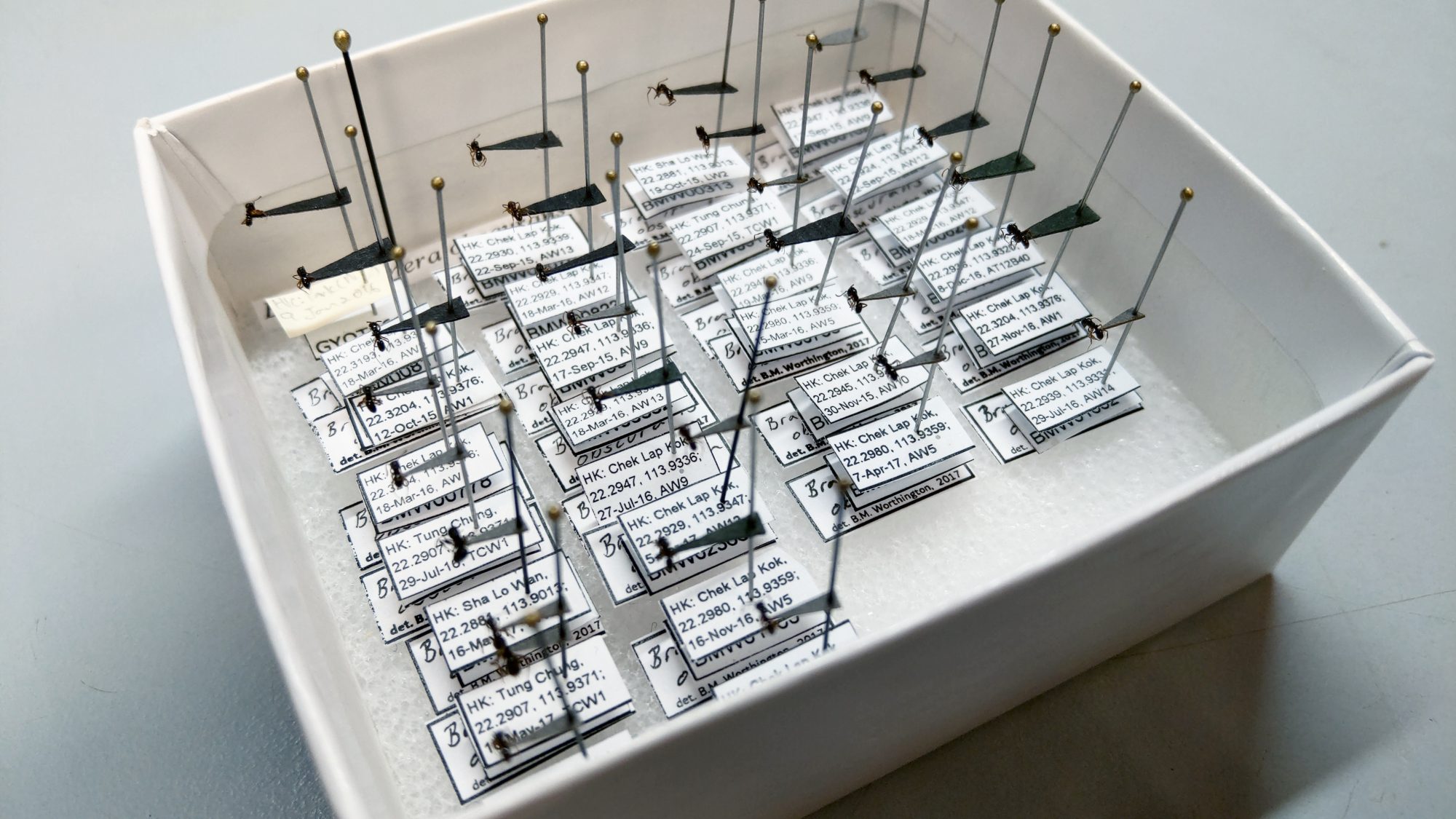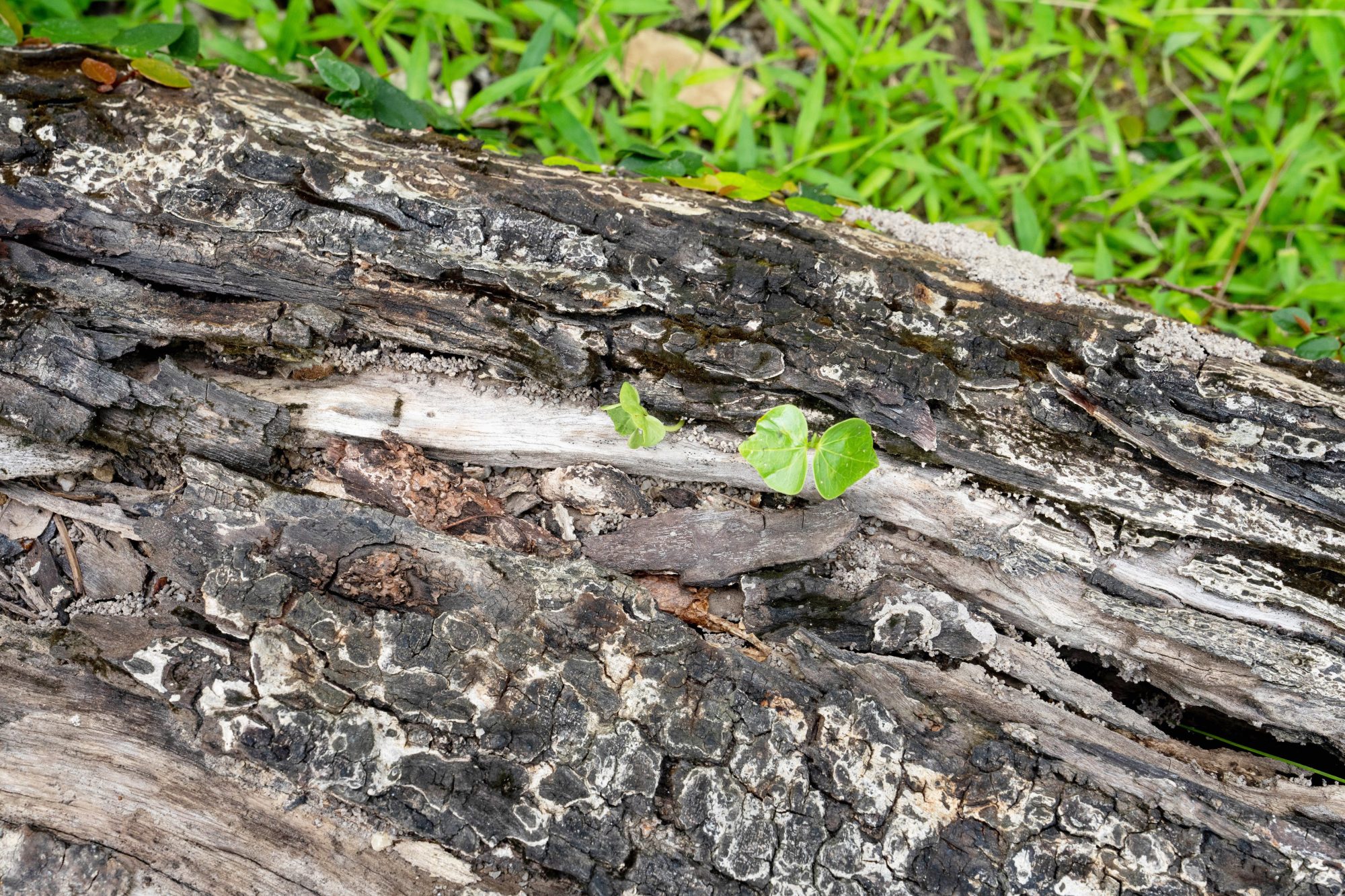
How to collect ants?
Aside from the ecological habits of ants to live in specific microhabitats (e.g., on trees, within leaf litter, above the ground, within soil), ants’ activity may also differ between different time of day, with some species being diurnal while others are nocturnal; or even only active at particular time of the year (e.g., wet season vs dry season). This means that even by staying at the same location, but by using different sampling methods and at different time we will collect different species! So how to start collecting ants?
Getting started
First, we need to decide what sampling methods we want to use. Some methods are relatively simple and straightforward, so they can give us a quick overview of what kinds of ants are present in the habitat, but we may very likely miss many of the rarer or more cryptic species of ants. Other methods require specific equipment or devices that are designed for the purpose. These methods specifically target a particular niche in the habitat (e.g., subterranean, leaf litter, arboreal), they give us a more in-depth knowledge of what species are present in that niche, but they also require more efforts, usually are more time-consuming and require the acquisition of specific equipment.

The simplest and most straightforward method for collecting ants is what is known as ‘hand collecting’. Of course, we are not really collecting using our hands. We use a simple device called entomological aspirator (or ‘pooter’ by entomologists) to suck ants that we spot into a vial indirectly through a tube (creating an air suction with our mouth). We first identify potential good places where ants may live (on trees, on lower vegetation, under a stone, inside decaying wood on the ground, etc.) and start looking for ants. We can also incorporate other methods such as soil sifting and vegetation beating to help reveal ants that may be hard to spot directly.
Baiting is also a frequently used methods to attract ants, and allows us to collect them near the bait. Because ant species have different food preference, it is possible to use different food type such as sugar or protein, or a combination of them to attract more species.

Advanced methods
As we are only able to collect ants that we see, hand collection has many limitations. For example, if we sample during the day, we are unlikely to be able to collect ants that are active during the night. It is also not very good at collecting ants that are relatively small (<3 mm) or active within leaf litter or underground. So how do we collect these ants? We can use something called pitfall traps. It is also very simple: we bury a small cup partially filled with alcohol (ethanol) in the soil, with its rim in level with the ground, we then return and collect it one to several days later. Comparing to hand collection, pitfall traps are static and can only collect ants that are active above the ground. But since it is set up for a much longer period of time, it can tell use a lot more about what ants are present in the habitat regardless of when they are active during a day.
A similar approach but this time targeting ants that are active beneath the ground is called subterranean traps. The trap is buried beneath the ground and come with baits to better attract ants (subterranean ants rely heavily on olfactory sense!). The trap is covered with a lid this time and, instead, small holes are pierced on the side of the cup to give access to the ants. Other common methods we use include Winkler extraction and Malaise traps. The former target ants that are active within leaf litter, while the latter is able to capture winged reproductive castes of ants: queens and males. These two methods, however, require the purchase of specific equipment which is not so easy to find.



Ant specimens collected are stored in alcohol for better preservation. We also record when, where and how they are collected in details, which can tell us their distribution and what habitats they preferred. For the identification of species, we use previously published literature and specimen photos as reference. If they cannot be identified without first being placed under the microscope for careful inspection, or they are rare collected, or we want to take specimen photos for future reference or publication, we will dry and mount them by gluing them on a paper card point. We want to make sure mounted specimens are kept in good condition for decades, so they will be stored with other ant collections inside a room with controlled temperature and humidity.


And this is how we collect, identify and organize ant specimens! By first knowing what ant species we have and how they are distributed, we can then understand the ecology and diversity of ants in Hong Kong.
If you want to learn more about ants in general and, perhaps, the identification of ants, below are a few websites that are freely accessible and offer some useful tools and guides:
-
AntWeb: an incredible resource presenting high magnification pictures for thousands of ant species.
-
AntWiki: another incredible resource functioning like a Wikipedia dedicated to ants with information about their biology, morphology and with many taxonomic keys on how to identify ants.
-
antmaps.org: if you want to know where different genera or species of ants are found around the world, this is the place to go with all 15,700 species mapped!
- YouTube Channel of the Insect Biodiversity and Biogeography Laboratory from the University of Hong Kong, with all the above embedded short videos demonstrating different collection methods (and more!).

